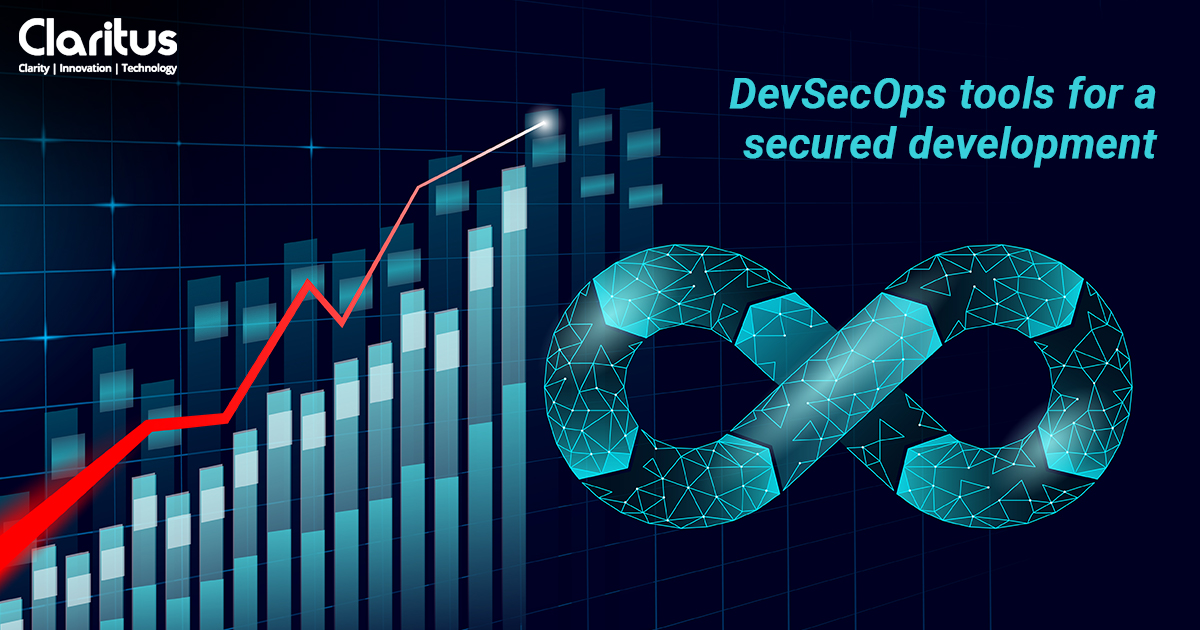DevSecOps Tools for a Secured Development

There is a term called “Shift left” which is part of an organizational pattern named DevSecOps (collaboration between development, security and operations). It signifies attempts and endeavours of a DevOps team to ensure application security at the initial stages of a development span. More and more businesses are making a collaborative effort to shift security practices left and integrate them into the DevOps cycle, so that executing security checks which are mandatory, do not in any way delay marketing.
Throughout the software development life cycle, one of the major components of the DevSecOps approach is automation, applied as frequently and expeditiously as possible. This helps to effectively merge security into the full development life cycle, while saving time and money and bringing down confrontation between the development and security squads.
Top DevSecOps Tools
Here are some of the best security tools for developers which businesses can effectively assimilate into their DevOps system and have security managed continuously all along the development cycle.
1. SonarQube
This is one of the best automated code review tools. It has umpteen automated Static Code Analysis rules. It assists developers through automation. This code review tool detects bugs and vulnerabilities in your code automatically. It supports around 30 programming languages both contemporary and traditional and takes care of your complete project and its ongoing development. It also assists small companies and teams to identify bugs and fix vulnerabilities so that apps are not compromised and undefined behavior doesn’t impact end-users.
2. GitLab
It’s a net based DevOps platform that provides total Continuous Integration and Continuous Delivery or Deployment toolchain which is innovative as well as advanced, in a single application only. It creates DevSecOps architecture into the CI/CD process. GitLab tests code, suggests remedies for security vulnerabilities to developers while working in code and offers a dashboard for any form of susceptibility or threat. It assists the Development, Security and Ops teams to speed up delivery, address risks and doesn’t slow down the CI/CD pipeline in the process. This happens because the toolchain complexity is simplified.
3. Snyk
It has a range of good features that allows you to take care of the security part of the development process from the initial stages. You can identify susceptibilities and weaknesses from within the IDE, scan code with native Git tool to test projects inside repositories. It also has an automated CI/CD security gate. The highlights are its powerful Kubernotes, GitLab, JIRA integrations and plentiful vulnerability information.
4. Aqua Security
It gives container security throughout the DevSecOps pipeline and runtime condition for end-to-end security. It’s cloud-native security platform allows users to exercise full control over containerized environments together with capabilities to thwart intrusion at scale. Aqua Security provides users with an API for seamless automation and integration. You can have complete Software Development Life Cycle controls for security of containerized applications that run on-premises or in cloud and on Linux or Windows.
5.WhiteSource
Created to address open source security concerns, it merges into the DevOps pipeline and supports over 200 programming languages. It’s also compatible with a great variety of build tools and development environments. It runs in the background and constantly scrutinizes licensing, security and quality of open source components and keeps matching them against WhiteSource’s updated and comprehensive database of open source repositories.
6.Veracode
This one provides an extensively utilized set of automated security tools in DevSecOps environments. It evaluates dependencies many layers deep while threat and security prioritization decreases remediation period by about 90%. Veracode tools contain Greenlight, which scans code automatically while it’s being written, Software Composition Analysis, that diagnoses susceptible components, Developer Sandbox, which can scan code in Sandbox for security threats and Static Analysis, which finds out faults in application.
7.Red Hat OpenShift
This tool offers built-in security for applications which are container based, for instance, role-based access controls and Security-Enhanced Linux-enabled isolation. It scrutinizes all along the container build process. You can decrease operational risk by shifting security left and by automating DevSecOps, adopting built-in policy templates to implement security and configuration best practices. You can also safeguard and shield application workloads at runtime.
Wrap-up
Only a handful of the tools out of the countless of them available on the internet has been mentioned above. It’s a great way to start if you can choose the right DevSec Ops tool. Figure out the systems, networks, processes and teams of your business and set off with the tools which will be of maximum assistance to you. It should also have high compatibility.
